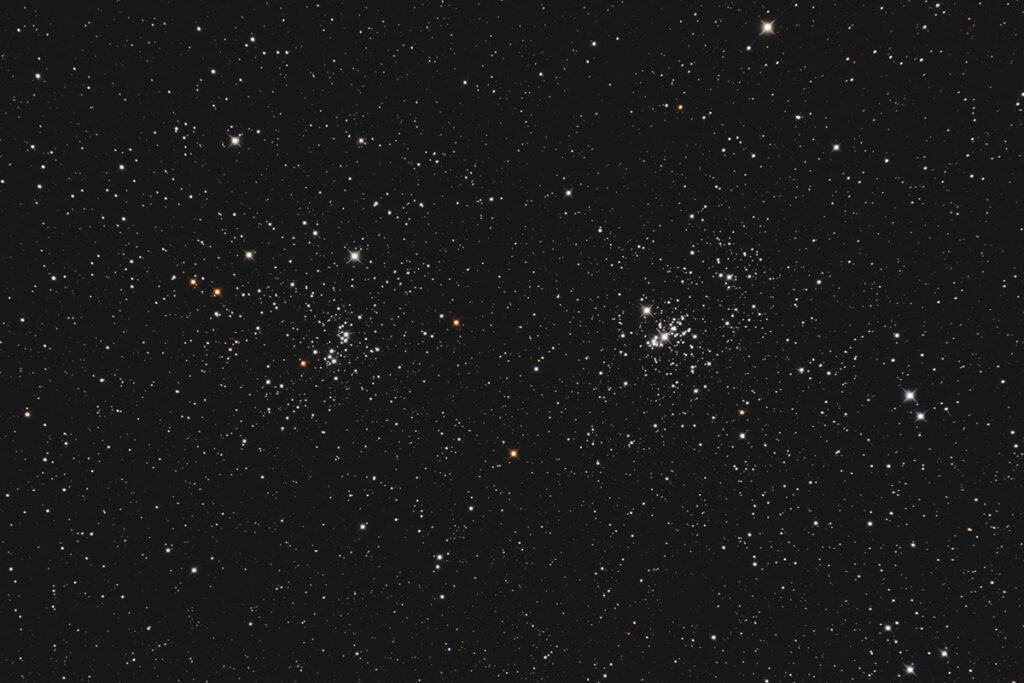
Telescope: Astro-Tech 8” f/8 Ritchey-Chretien, Orion Atlas EQ-G
Camera: Canon EOS Ra, Baader Mk III MPCC
Filter: GSO IR blocking filter
Guide scope: Astro-Tech 60mm, Starlight Xpress Super Star, PHD2
Exposure: 32x60sec, ISO 800, saved as RAW
Darks: Internal (Long Exposure Noise Reduction On)
Flats: 32×1/2sec, Tee shirt flats taken at dusk
Average Light Pollution: Red zone, Bortle 8, poor transparency
Lensed Sky Quality Meter: 18.2
Stacking: Mean with a 1-sigma clip.
White Balance: Nebulosity Automatic
Software: Backyard EOS, Deep Sky Stacker, Nebulosity, Photoshop
For a long time there was some debate as to whether the two clusters that make up the Double Cluster are actually associated with each other or just happened to appear in the same line of sight with one lying behind the other. It now appears that they are indeed lying next to each other, each about 7,000 light years away and about 100 light years apart. However, there is some evidence that the two clusters are of different ages, so while they may have formed separately from each other, they are now traveling companions.
I normally crop these images to give a 4:3 aspect ratio, but I left this one as it came out of the camera to show how well the RC8 covers a full frame sensor. The Double Cluster is currently high in the northwest after sunset.
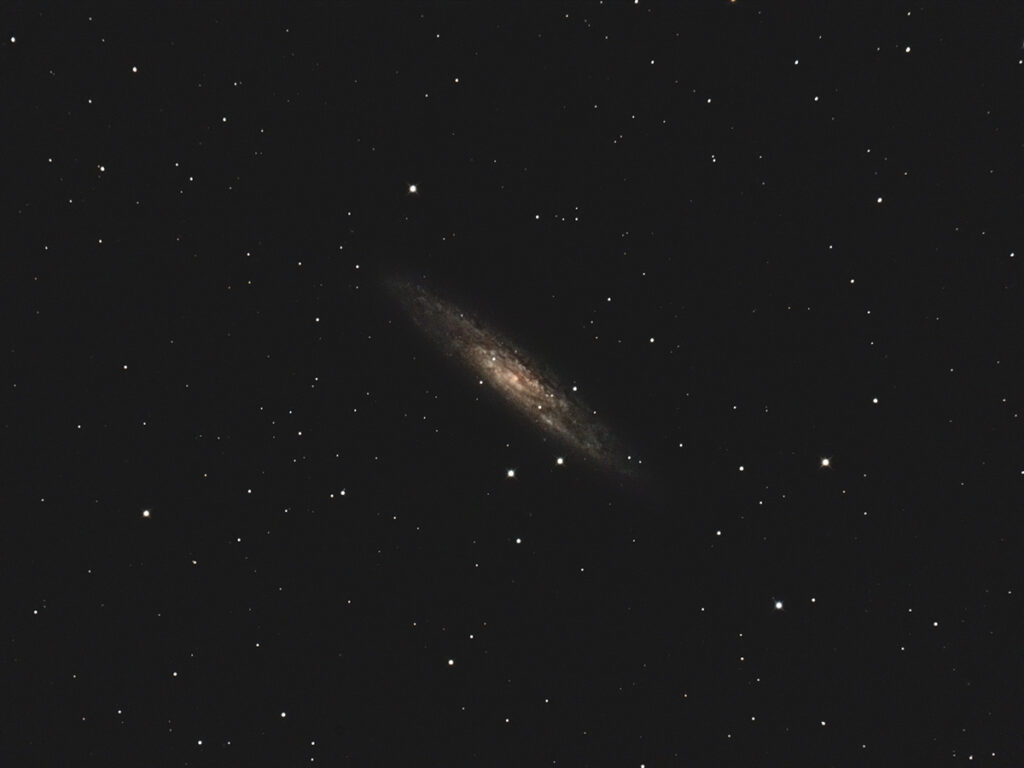
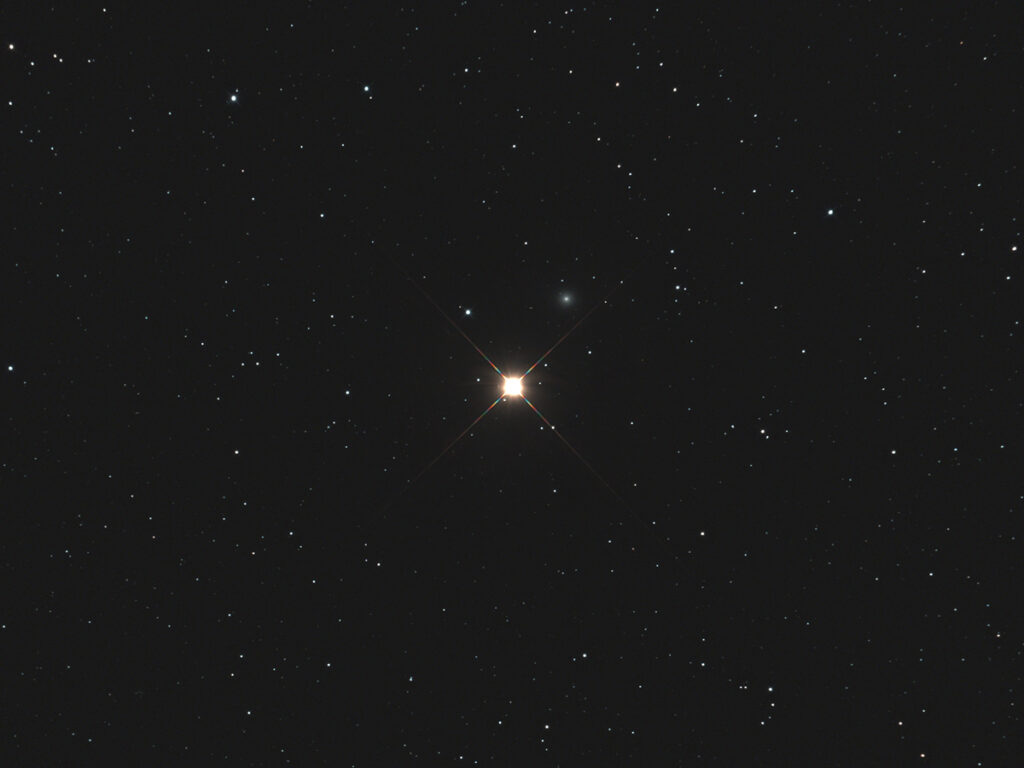
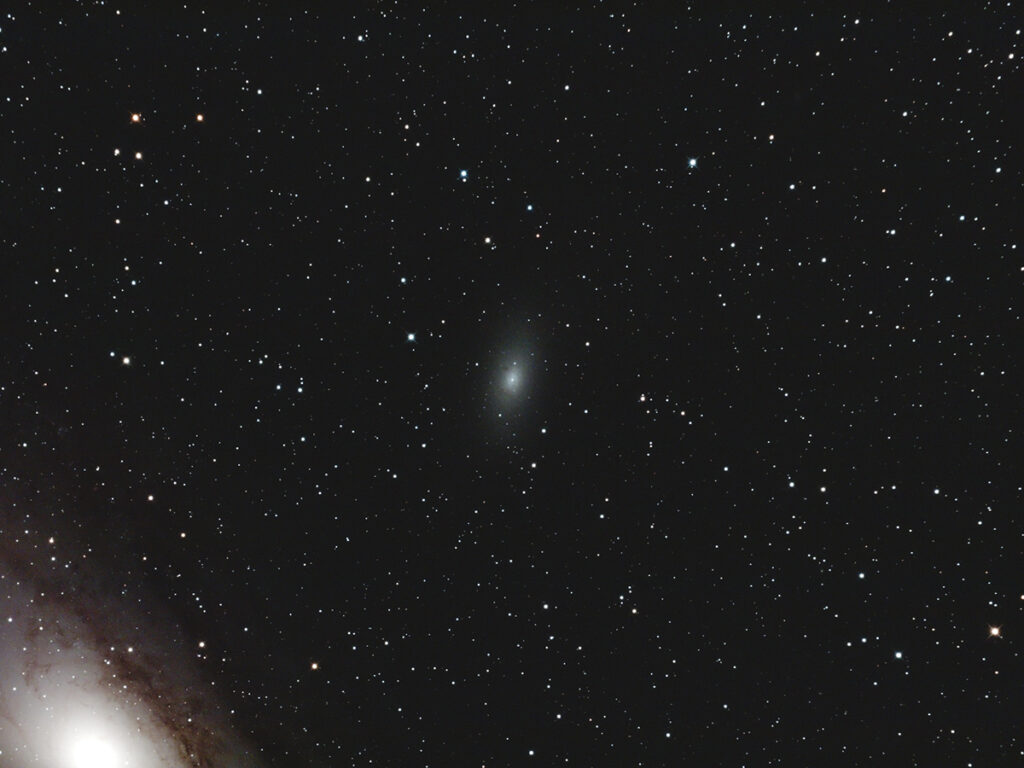

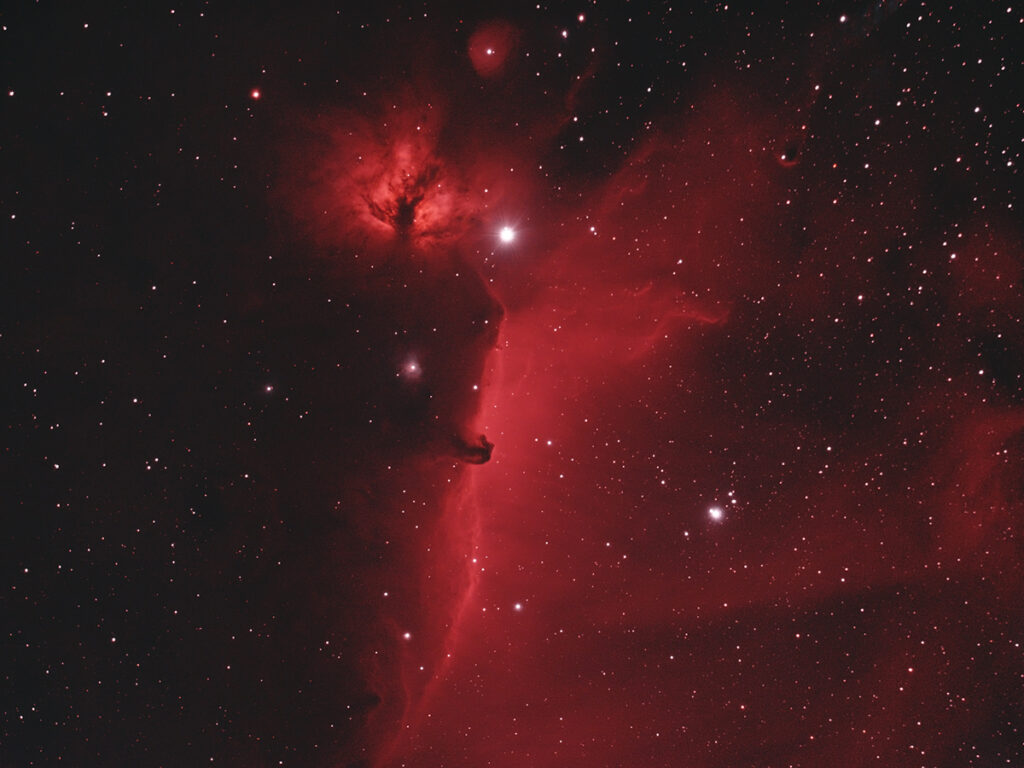
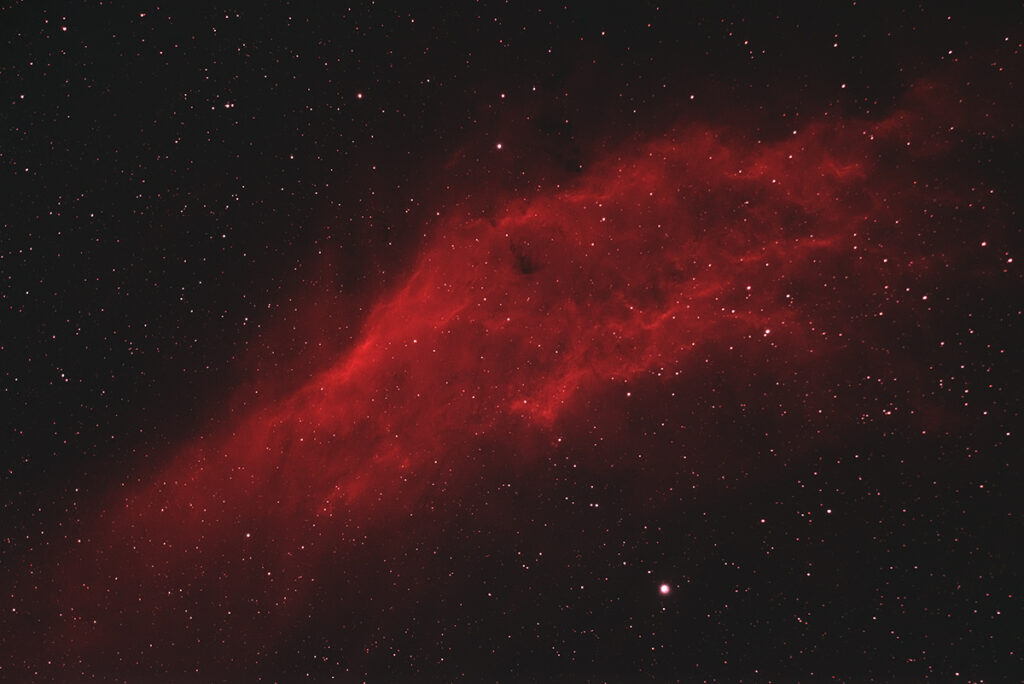
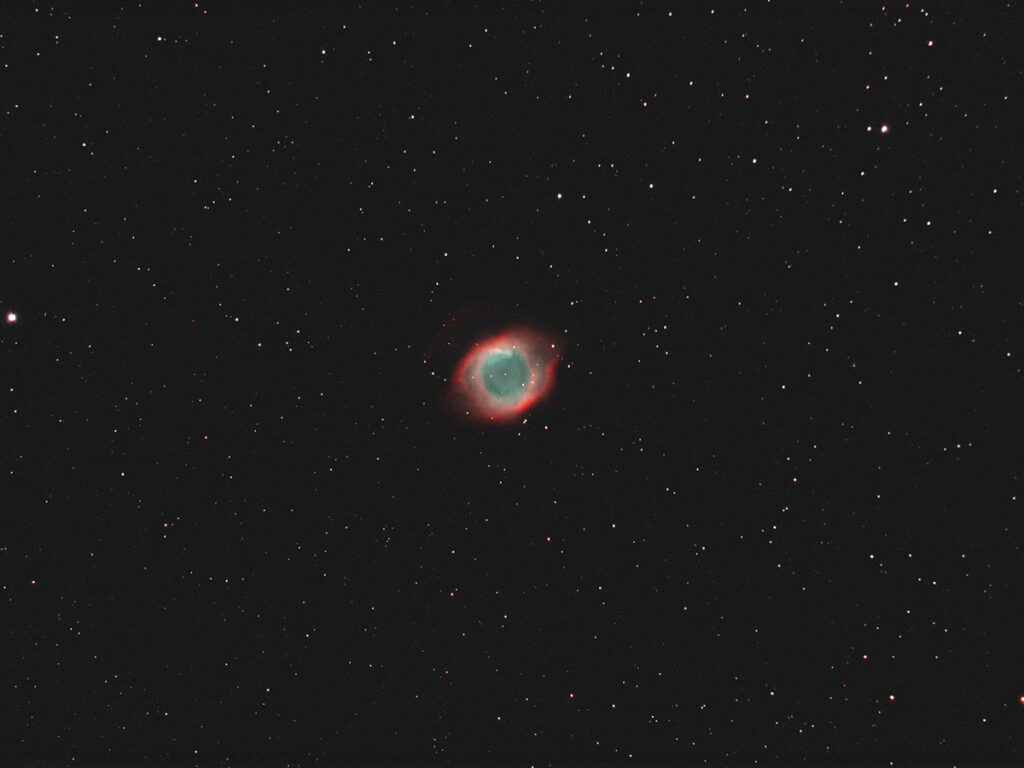
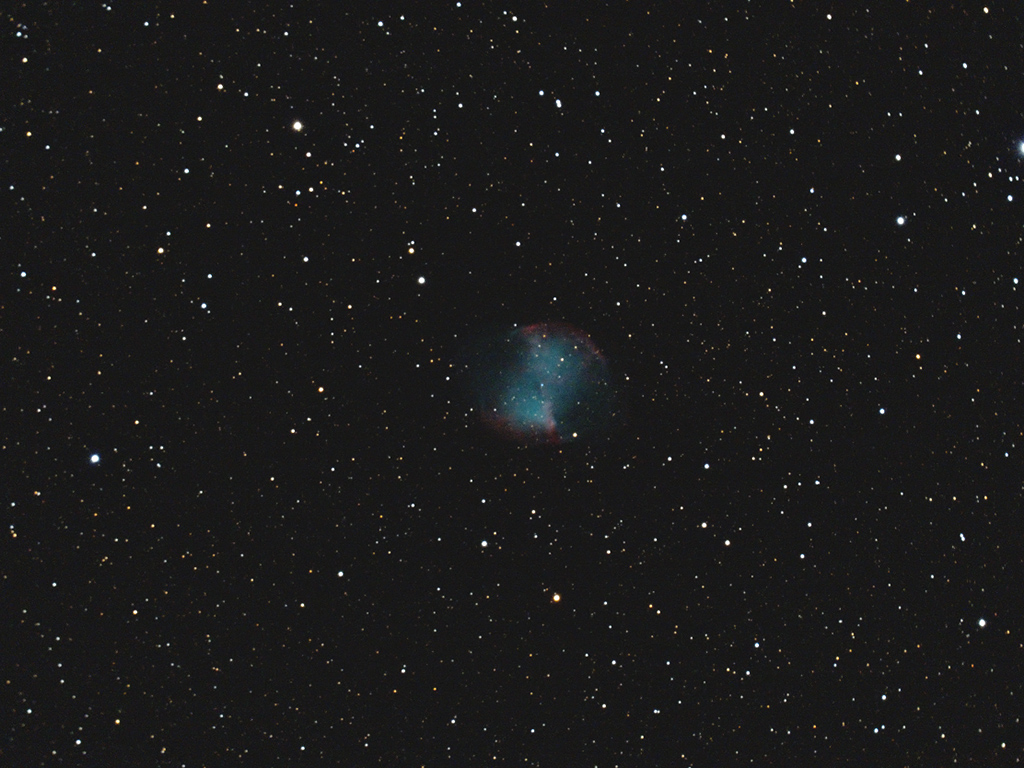
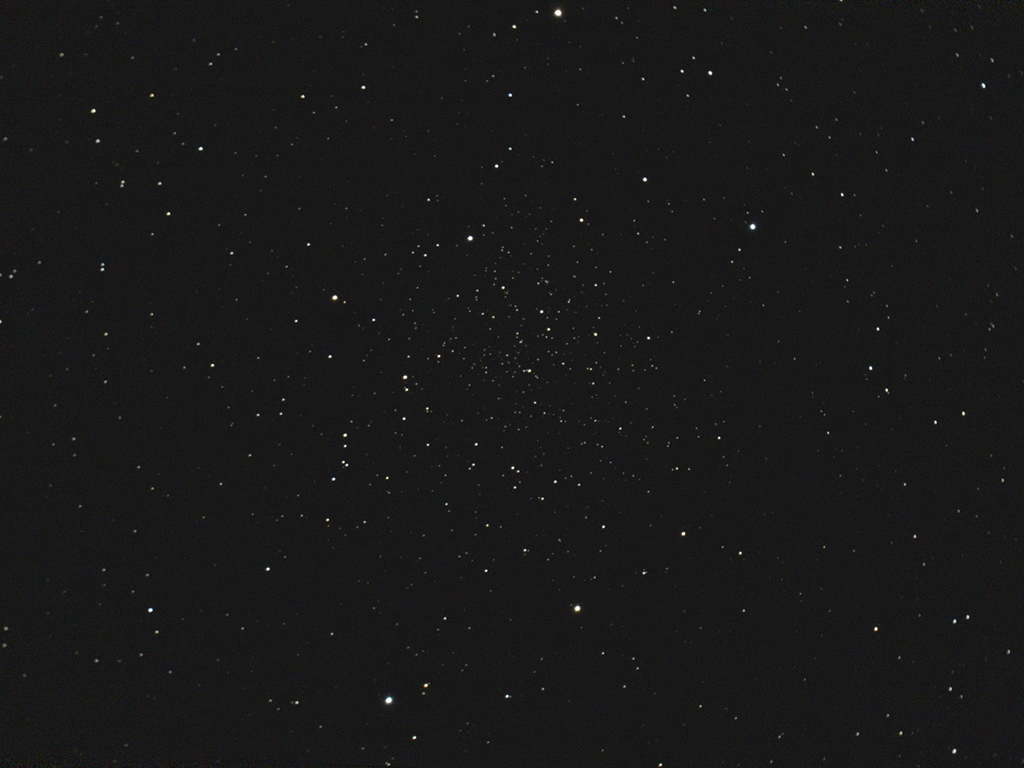
Recent Comments